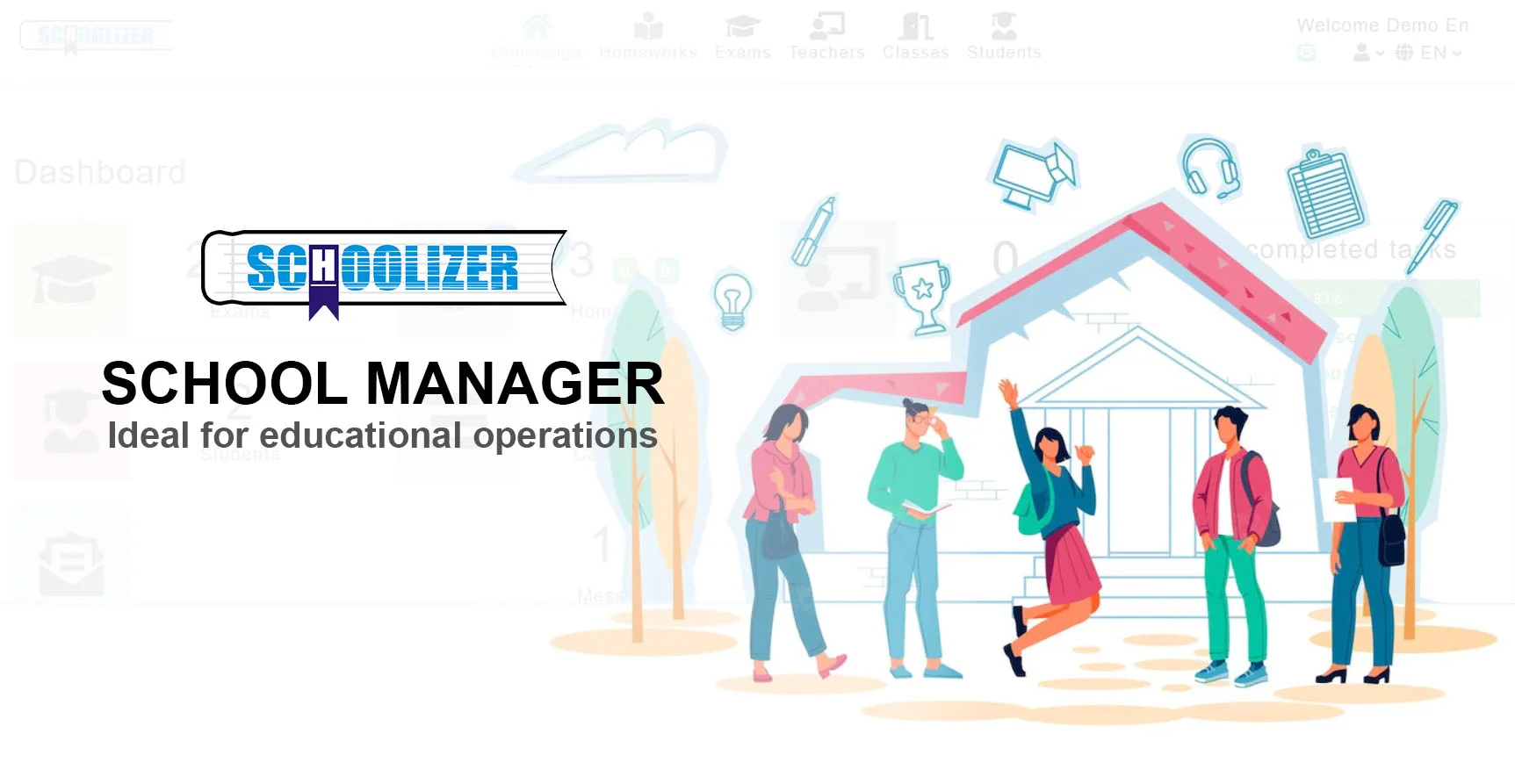How to Design Your Classroom Like a Video Game for Better Engagement

How to Design Your Classroom Like a Video Game for Better Engagement
What if learning could be as engaging as playing a video game? Why do students spend hours mastering game levels but struggle to stay focused in class? How can educators borrow principles from game design to create more immersive and motivating learning experiences? The answer lies in gamification—transforming traditional classrooms into dynamic, interactive spaces that mirror the engagement mechanics of video games.
The Power of Gamification in Education
Gamification applies game-design elements to non-game contexts, such as education, to boost motivation and engagement. Video games excel at capturing attention through challenges, rewards, and progression systems. By integrating these elements into classroom design, teachers can create a more compelling learning environment.
For example, instead of traditional grading, educators can implement a point-based system where students earn experience points (XP) for completing assignments, participating in discussions, or mastering skills. This approach mirrors leveling up in games, making progress tangible and rewarding.
Real-world application: A middle school science teacher replaced letter grades with a "skill tree" where students unlocked new topics after demonstrating mastery of previous ones. This not only increased participation but also encouraged self-paced learning.

Creating Clear Objectives and Quests
Mission-Based Learning
Video games thrive on clear objectives—players always know their next mission. Similarly, classrooms can adopt a quest-based structure, where lessons are framed as challenges or missions to complete. This provides students with a sense of purpose and direction.
For instance, a history lesson on ancient civilizations could be presented as an "archaeological dig" where students uncover artifacts (information) to solve a historical mystery. Each step of the lesson becomes a mini-quest, building toward a larger goal.
Progress Tracking
Games use progress bars, maps, and achievement systems to show players how far they've come. Classrooms can implement similar visual trackers—like leaderboards or badge systems—to help students monitor their growth. Digital tools like Classcraft or Google Classroom can automate this process.

Feedback and Reward Systems
In games, feedback is immediate—players know instantly if they've succeeded or failed. Classrooms can replicate this with real-time assessments and adaptive feedback. Instead of waiting days for test results, students receive instant insights through quizzes, peer reviews, or digital platforms like Kahoot!.
Example: A language teacher used a "boss battle" format for vocabulary tests, where students "defeated" words by using them correctly in sentences. Correct answers earned in-game currency for class rewards.
Rewards don’t have to be extrinsic—badges, certificates, or even narrative advancements (e.g., unlocking a new story chapter) can motivate students intrinsically.

Encouraging Collaboration Through Multiplayer Dynamics
Many games are social experiences, requiring teamwork to succeed. Classrooms can foster collaboration through group challenges, where students work together to solve problems or complete projects. Role-playing elements, like assigning "character classes" (Researcher, Presenter, Analyst), can distribute responsibilities and make teamwork engaging.
Practical tip: Use tools like Minecraft: Education Edition to build collaborative worlds where students apply math or science concepts creatively.

Balancing Challenge and Skill
Games maintain engagement by balancing difficulty—too easy, and players get bored; too hard, and they quit. This is called the "flow state." Educators can achieve this by differentiating instruction, offering tiered assignments, or adaptive learning software that adjusts to student ability.
Case study: A math teacher designed self-paced "dungeon levels" where students progressed only after solving problems at their skill level, reducing frustration and boosting confidence.

Conclusion: Press Start on Game-Inspired Learning
Designing a classroom like a video game isn’t about replacing education with play—it’s about harnessing the motivational power of games to make learning more engaging. By incorporating quests, feedback loops, collaboration, and balanced challenges, educators can create environments where students are excited to learn. Ready to level up your teaching?







